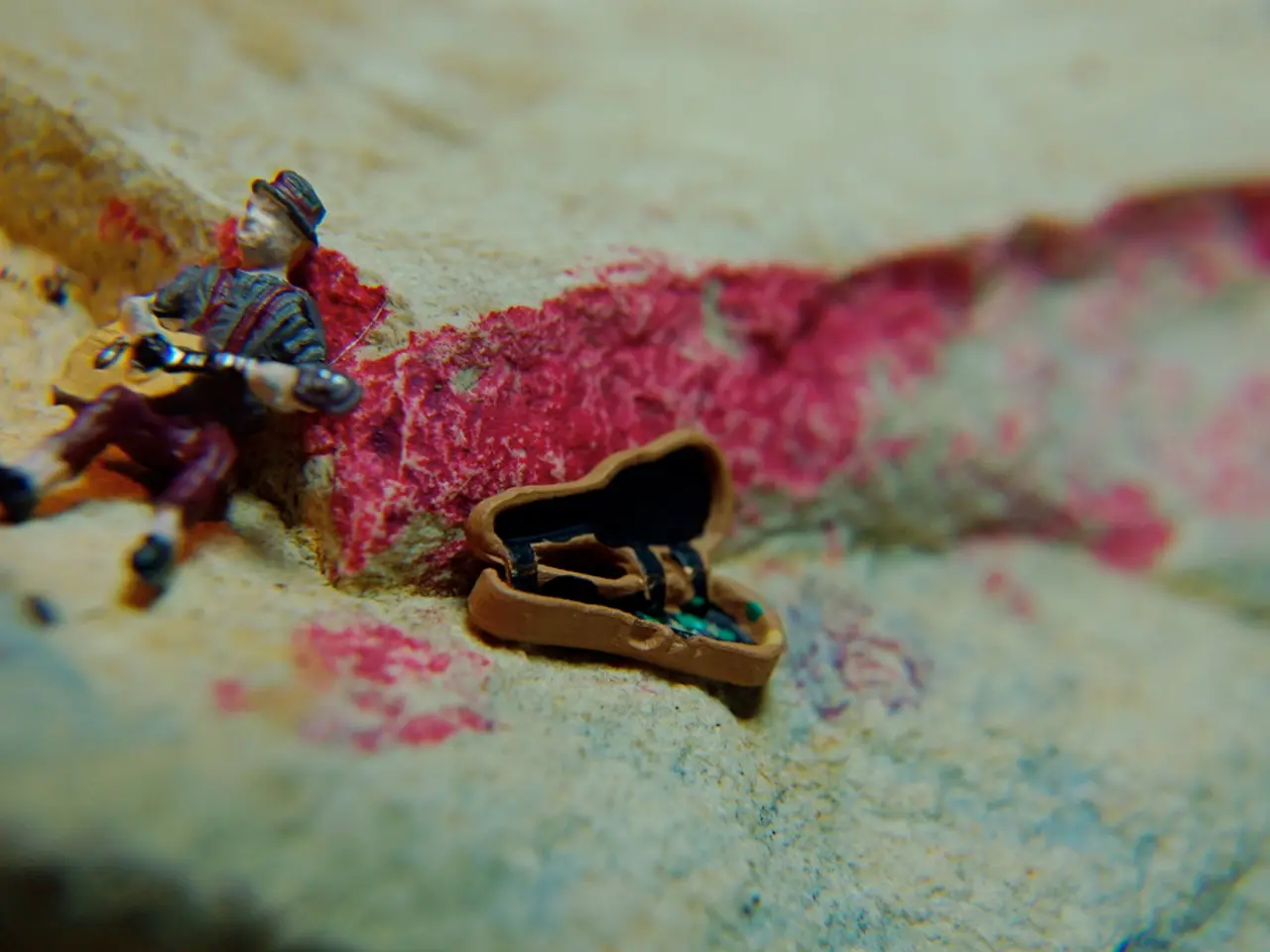Exploring Toy Theater: Its Concept and Operation
Toy Theater is a captivating online platform that offers a wide array of educational games designed for elementary-aged students. With over one million annual users, this ad-supported website (advertisements are provided by Google Adsense) is a go-to resource for educators seeking to engage their students in creative and interactive learning experiences.
The games, categorised by subjects such as math, reading, art, music, puzzles, and classic games, are accessible via desktop computers, tablets, and mobile devices. Each game comes with a comprehensive guide, ensuring users can navigate the activities with ease.
One of the standout features of Toy Theater is its Building Block activity, which allows users to build, paint, rotate, move, zoom, copy, and save their creations in 3D. This activity serves as an early introduction to computer-assisted design (CAD) for kindergartners.
In the realm of music, Toy Theater's Composer tool empowers kids to create music by dragging and dropping basic notation elements onto a treble clef. Notes from 1/16th to whole, natural, sharp, and flat symbols, and rests from 1/16th through whole, are available for use.
Toy Theater's social media pages are a testament to the creative ways teachers use the activities to cover the curriculum. From collaborative storytelling to stop-motion animations related to academic content, these games are employed in unique and unanticipated ways.
Moreover, sensitive categories and tracking are blocked on Toy Theater, ensuring a safe and secure environment for young learners. Speech pathologists also find value in Toy Theater's tools, using them to support their work with children.
To further aid educators, Toy Theater provides teacher guidelines for using the activities in the classroom. Premium features, including creating up to 50 pages, controlling category views, and connecting up to 30 devices, are available for a monthly subscription of $12.
In essence, Toy Theater offers a vibrant playground where students can learn, create, and collaborate in a fun and engaging manner. By blending these games with cooperative play, technology integration, storytelling, and real-world problem solving, teachers can foster an environment that promotes teamwork, communication, and engagement, ultimately enhancing student learning across subjects.
Another example of Toy Theater's versatility is its use in STEM labs, where art animation stations are employed to demonstrate the phases of the moon. The games can be played in full screen with the option to mute sound, providing a distraction-free learning experience. Users can even select objects based on themes like ancient Greece, dinosaurs, or robots, adding a touch of immersion to their educational journey.
Virtual manipulatives on Toy Theater allow kids to learn and practice abstract concepts like fractions, decimals, and percentages in a more engaging way. By incorporating these games into sensory-rich activities like descriptive writing or interactive partner games, teachers can deepen students' observational skills and vocabulary, making learning an enjoyable and enriching experience.
- Toy Theater's interactive games, available on laptops, tablets, and mobile devices, cater to various subjects like math, reading, art, music, and puzzles, offering an immersive learning experience for students.
- The Building Block activity on Toy Theater serves as an introduction to computer-assisted design (CAD) for kindergartners, allowing them to create, manipulate, and save their 3D creations.
- In the music category, the Composer tool on Toy Theater lets kids create music using basic notation elements, fostering an early interest in digital music composition.
- Teachers share innovative ways to utilize Toy Theater, such as collaborative storytelling and stop-motion animations, to cover the curriculum and promote creativity and teamwork among students.
- Toy Theater ensures a safe and secure environment for young learners by blocking sensitive categories and tracking, making it a reliable resource for education and self-development.
- For educators seeking more advanced features, Toy Theater offers a monthly subscription of $12 that includes premium access to tools like creating up to 50 pages, controlling category views, and connecting multiple devices for simultaneous use in virtual classrooms.




